SustainableUMD: A Year in Review
Feature Article for 2020-2021, by Emily Hightower and Sally DeLeon
For more than a decade, the University of Maryland has committed itself to integrating sustainability into campus operations, research and academics. We are one of the top universities in the nation for sustainability, and all students, staff, and faculty contribute to UMD’s success. Together, our actions have contributed to city, state and global climate action. We educate the next generation of climate leaders, research innovative solutions to local and global climate challenges, and share ideas and resources with other higher education and municipal sustainability programs.
In these unprecedented times, the University continues to strive for excellence in climate action, aiming to achieve the visions embodied in campus, community, and global sustainability goals. The 2020 calendar year highlights the University’s unwavering commitment to sustainability and climate action even as financial and social challenges mounted with the impacts of the global pandemic.
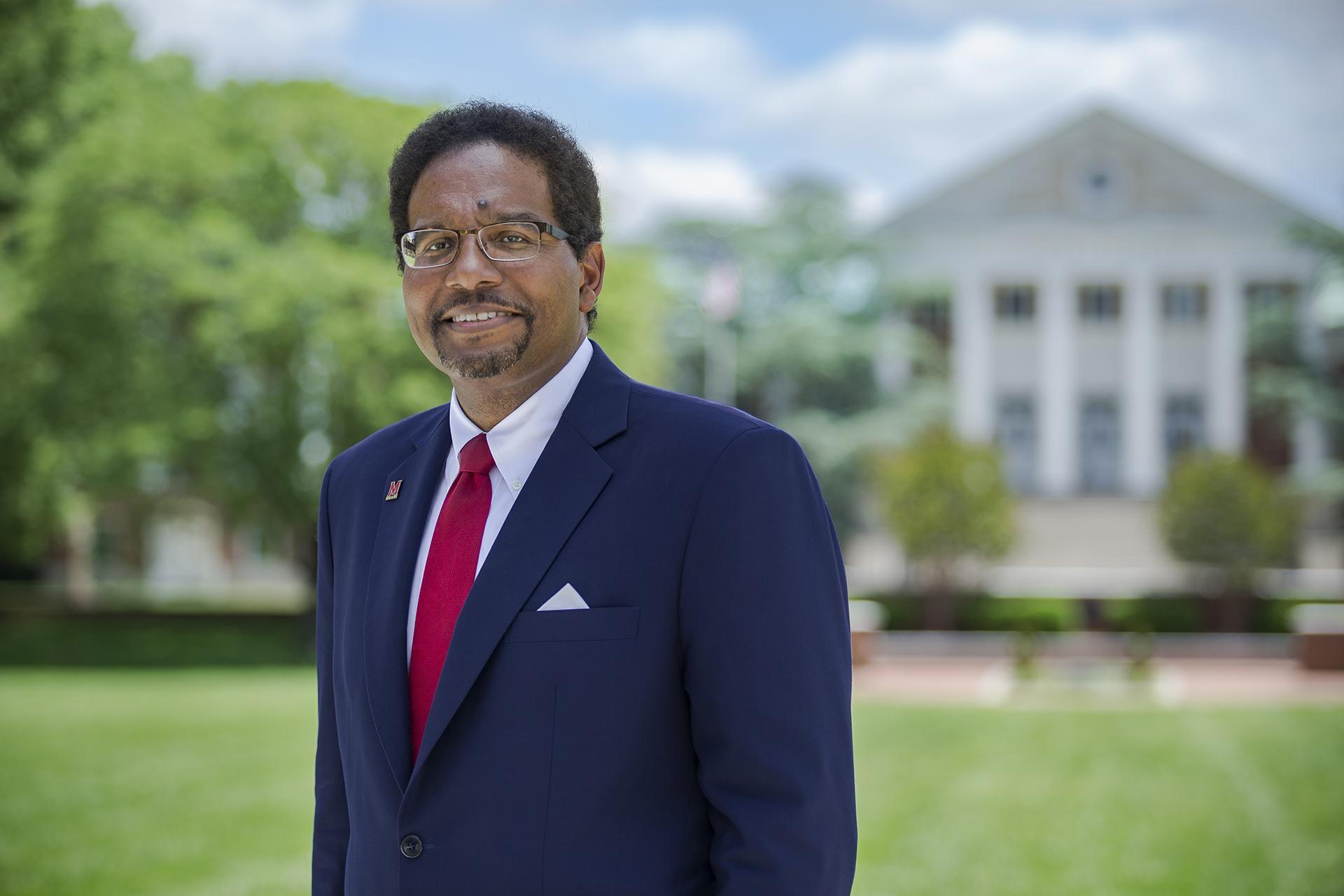
“We must continue our academic leadership in research, education and service relative to climate science, sustainability and environmental stewardship of our natural resources... We all must become climate ambassadors.”
Darryll J. Pines
xxPresident
Moving Maryland Forward
Each of the sections below provides an interactive summary that gives an example of UMD’s progress towards sustainability on campus and beyond.
- Accelerating Climate Action: UMD pledges to become carbon neutral by 2025, while continuing to meet older climate action commitments and strategies.
- Educating Terps on the United Nations Global Goals: All Schools and Colleges at UMD now offer sustainability-related courses, with some offering specialized opportunities for learning in global sustainability curriculum.
- Growing Sustainably at UMD and Beyond: Campus continues to embody the principles of smart growth, partnering with the local community to develop safely and sustainably.
- Creating a Campus for Environmental Justice: UMD commits itself to address the Grand Challenges of today and creates opportunities in academics and research to understand environmental justice.
- Building on a Decade of Sustainability at UMD: Reflecting on over 15 years of sustainability, UMD’s Office of Sustainability and SustainableUMD network looks forward to continued progress in 2021-2022.
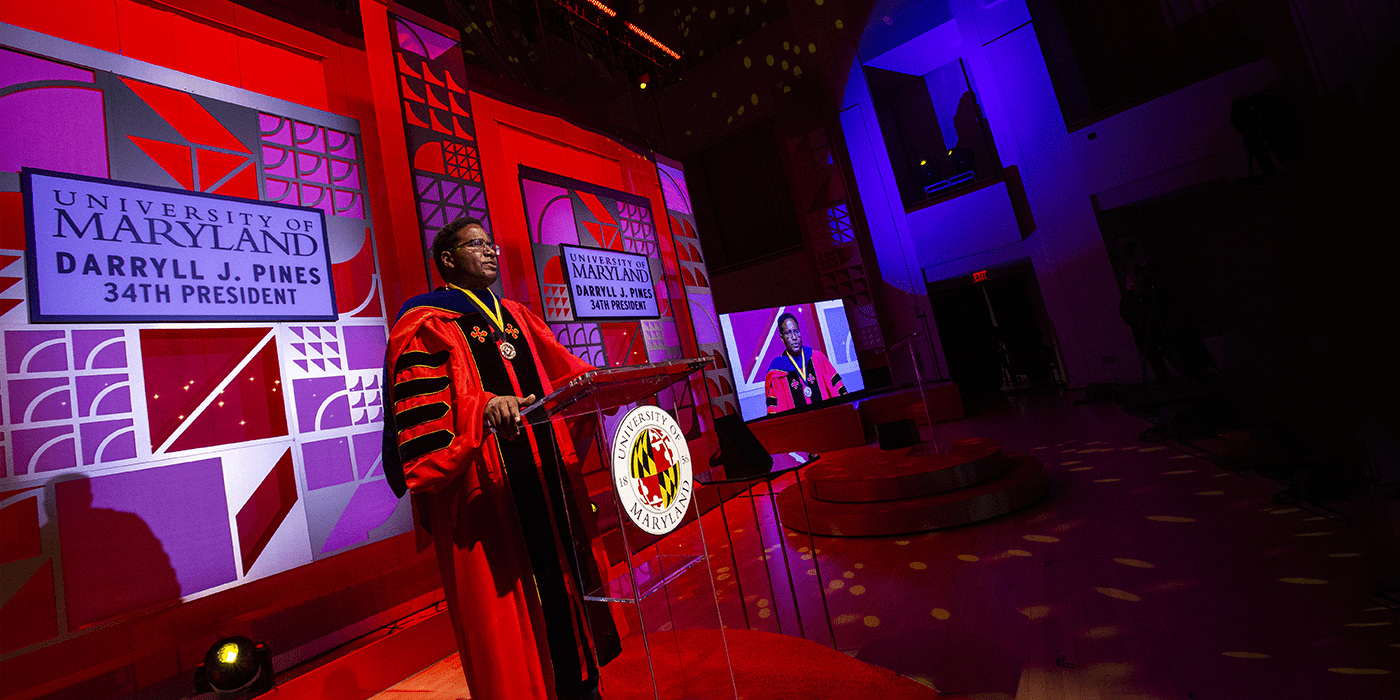
Accelerating Climate Action
On Earth Day 2021, Dr. Daryll J. Pines was installed as the 34th President of the University of Maryland. In his inaugural address, President Pines identified climate change as one of today’s defining issues and committed the university to two new, aggressive climate action strategies.
“Today, I am announcing that the University of Maryland will accelerate its Climate Action Plan goal to become a Net-Zero Carbon Neutral campus within the next four years. Through a combination of sustainability measures and the strategic purchase of carbon credits, UMD will reach this goal by Earth Day in 2025. In addition, I am proud to announce plans to replace our university-owned fleet - over 1,070 fossil-fuel vehicles - with an all-electric fleet by 2035.” — President Pines, Apr 21, 2021
President Pines' commitments build on the initial 2050 carbon neutrality deadline established by Presidents Mote and Loh. Since the first Climate Action Plan in 2009, UMD has achieved a 62% reduction in net greenhouse gas emissions.
The video in the first button below captures UMD’s historic sustainability commitments and progress while introducing the next chapter of sustainability at UMD. For the first time, the Intergovernmental Panel on Climate Change has listed humans as the cause for climate change, stating: “It is unequivocal that human influence has warmed the atmosphere, ocean and land. Widespread and rapid changes in the atmosphere, ocean, cryosphere, and biosphere have occurred. Human-induced climate change is already affecting many weather and climate extremes in every region across the globe” (Sixth Assessment Report, Aug. 9, 2021). By working together as one community, SustainableUMD has the power to make a real impact in helping humanity meet the IPCC climate targets.
Explore the IPCC's interactive temperature atlas and other informational materials in the red links to understand the impact of global warming.
Alignment with UN Sustainable Development Goals
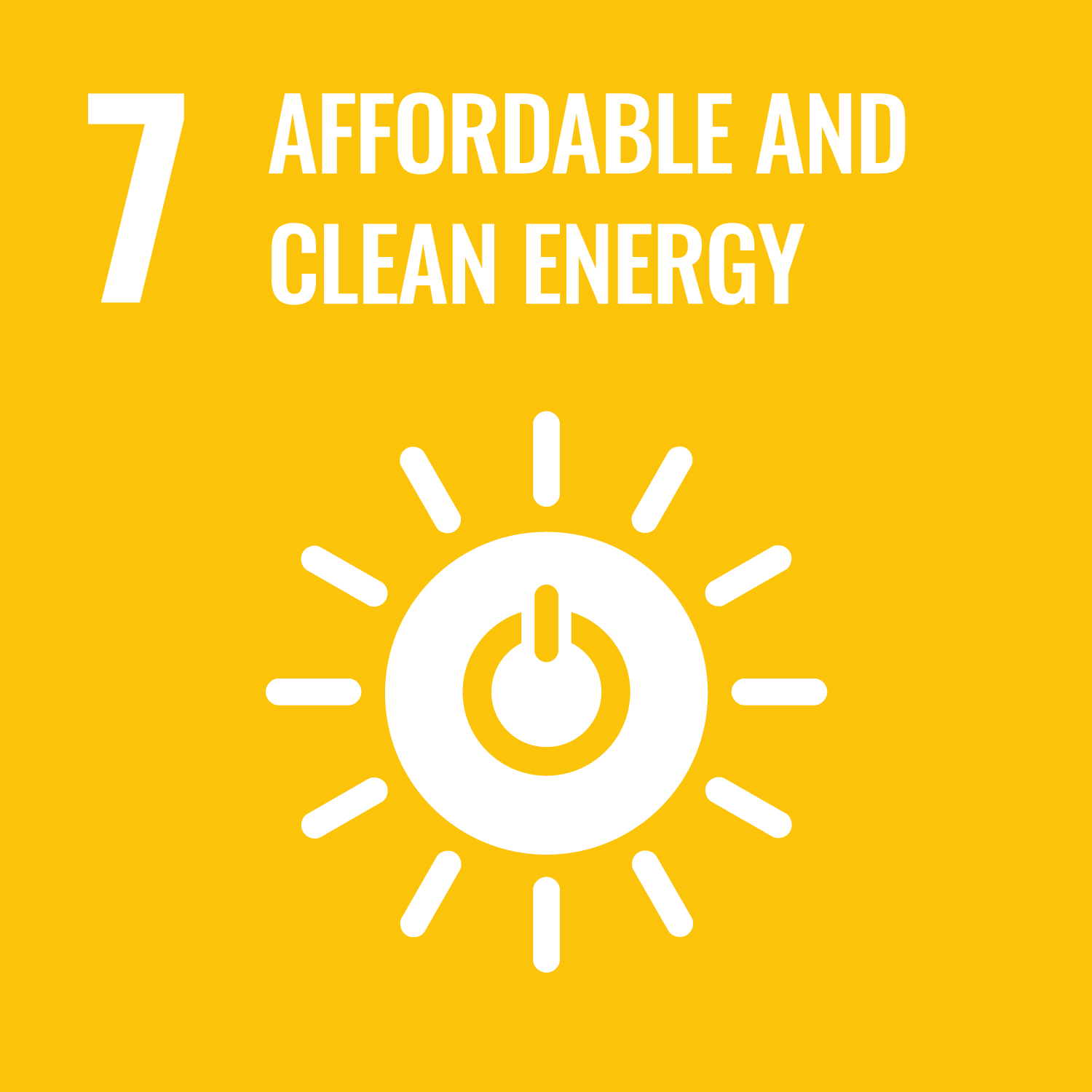 | 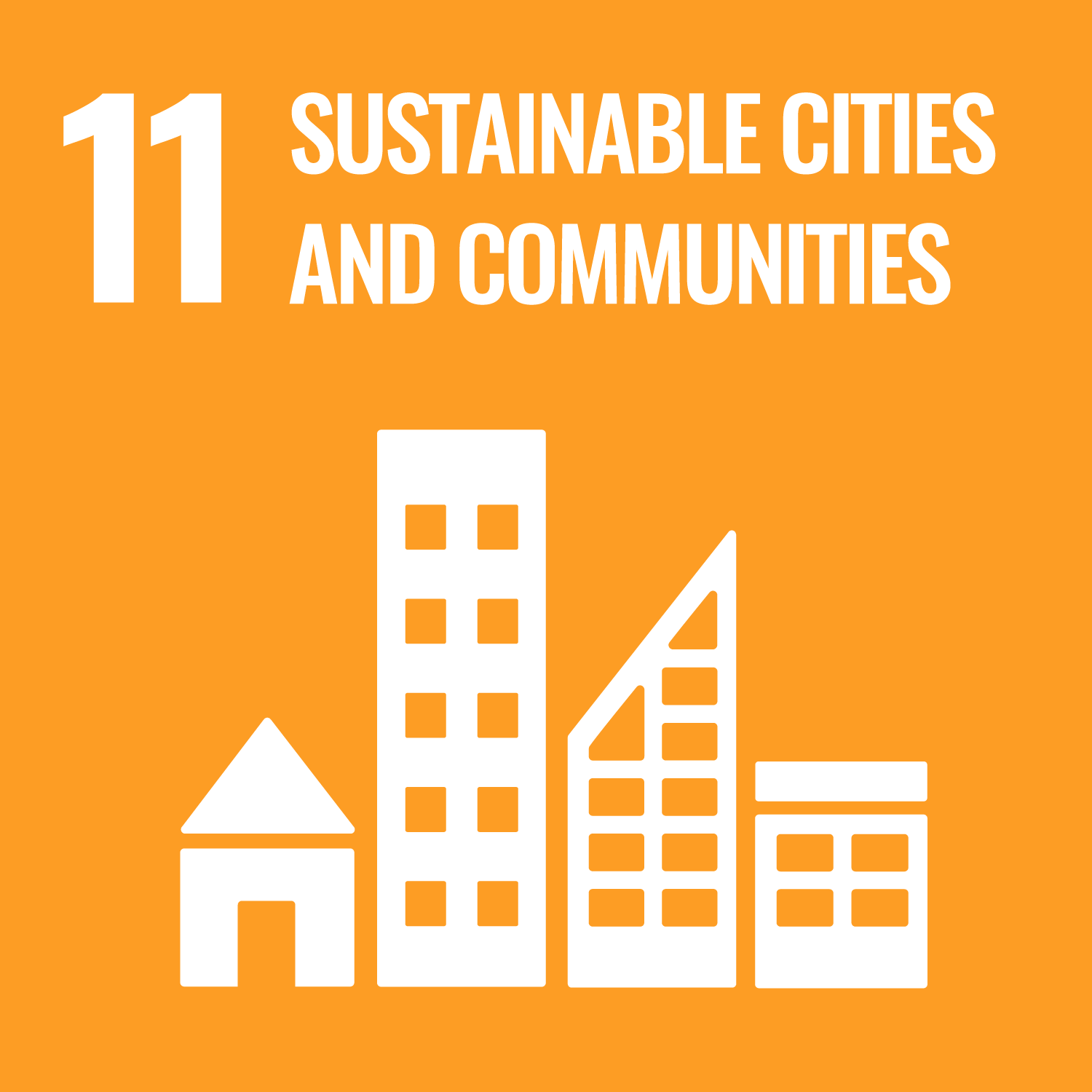 | 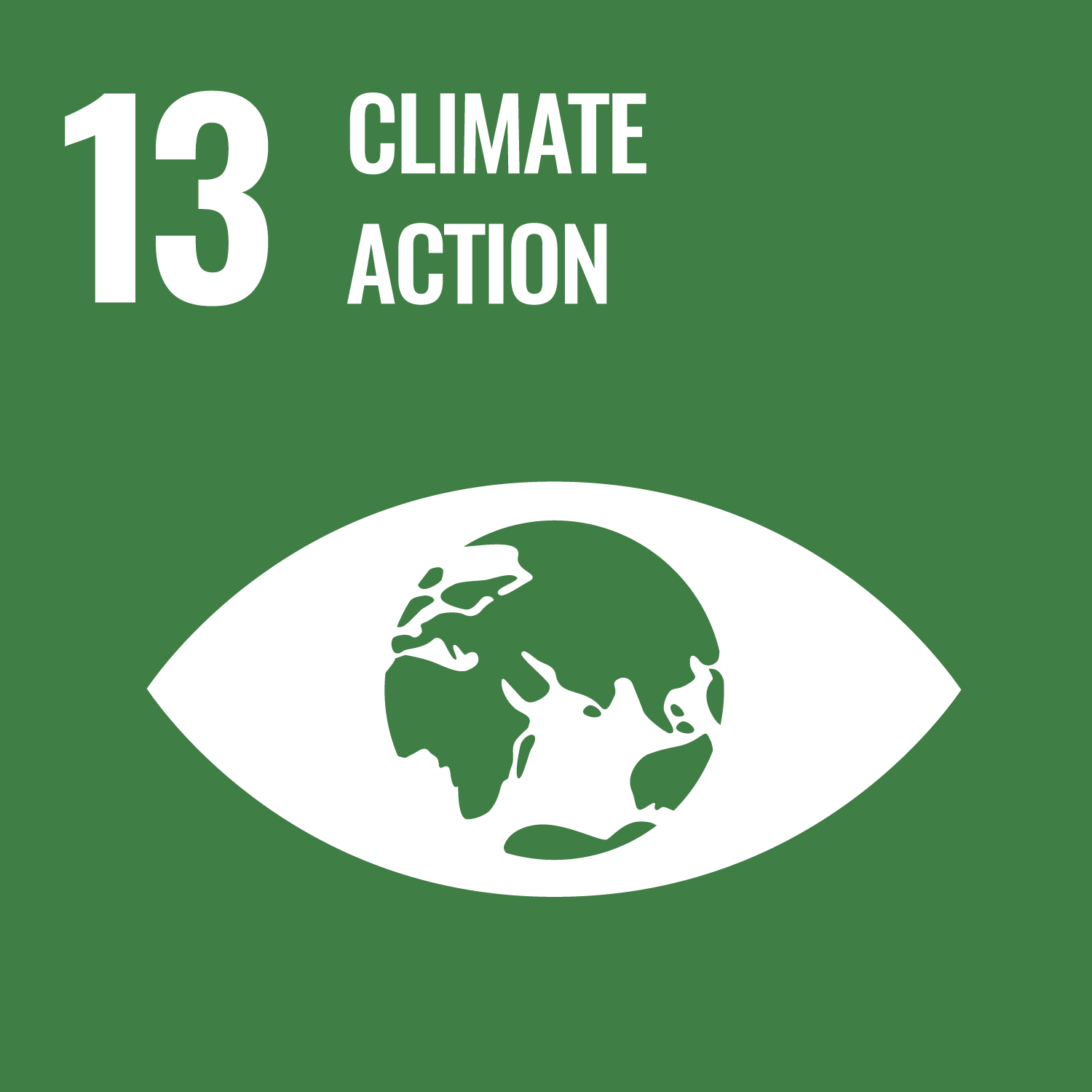 |
Learn more about these Global Goals
| Navigate: | To the article contents |
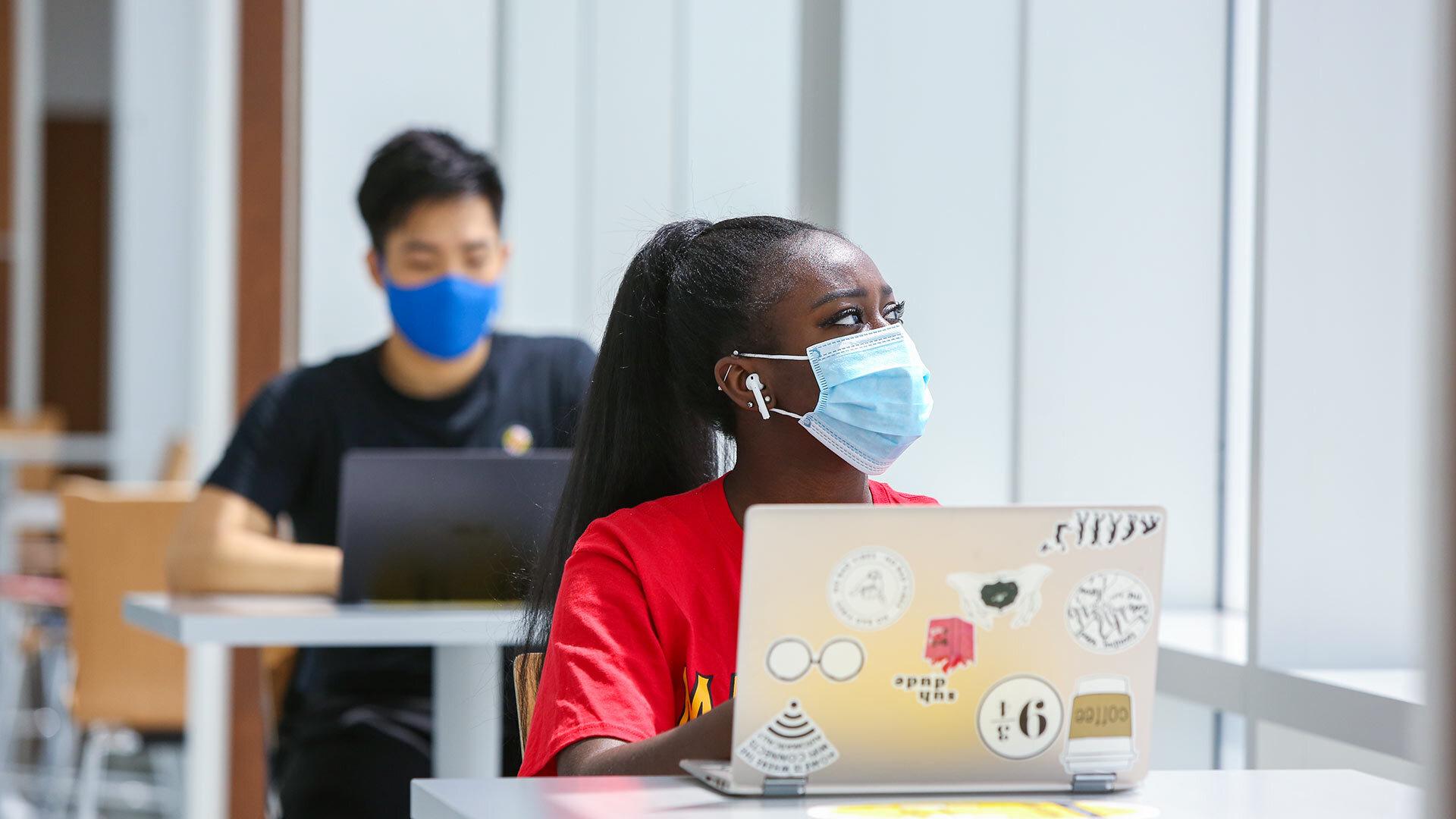
Educating Terps on the United Nations Sustainable Development Goals
Environmental education has always been an essential component of UMD’s curriculum. Starting as an agricultural college, UMD has evolved over the years to include thirteen School and Colleges with graduate and undergraduate learning opportunities. As of Spring 2020, more than 26.5% of UMD’s courses include sustainability content and all Schools and Colleges offer sustainability-related courses or degree programs.
UMD's curriculum has direct connections to internationally agreed upon sustainability goals. In 2015, the United Nations General Assembly adopted the 2030 Agenda for Sustainable Development with the 17 Sustainable Development Goals (SDGs) at its core. These SDGs are “an urgent call for action by all countries in a global partnership,” providing “a shared blueprint for peace and the planet, now and into the future.” The SDGs are interlinked, recognizing that ending poverty is tied to improved health and education, that reducing inequality spurs economic growth, and importantly that all of these goals impact climate change and are essential to protecting and preserving our environment (United Nations Sustainable Development Goals, 2021). Using the UN SDGs as an educational framework, UMD's programs place content and skills learning in a global context, providing students the opportunity to study and solve real-world problems.
UMD’s campus serves as a living laboratory where academics, research, and operations combine to address real world sustainability issues. For example, the Stormwater Infrastructure Resilience and Justice Lab established an inter-organizational research project titled “Using the Internet of Things and Sensor Technology to Improve Stormwater Management” in 2020. The study brings together students from the School of Information Studies with researchers from the School of Architecture, Planning, and Preservation to study real-time stormwater runoff. The data will allow campus operators to understand how UMD’s stormwater systems manage normal and extreme weather events while also providing opportunities to explore Internet of Things technologies, the impact of infrastructure on society, and the benefits of stormwater management systems on water quality.
An increasing number of organizations are integrating the SDGs into events, conferences, case studies, and other programs. Explore the slideshow below for some sustainable programs at UMD during 2020-2021.
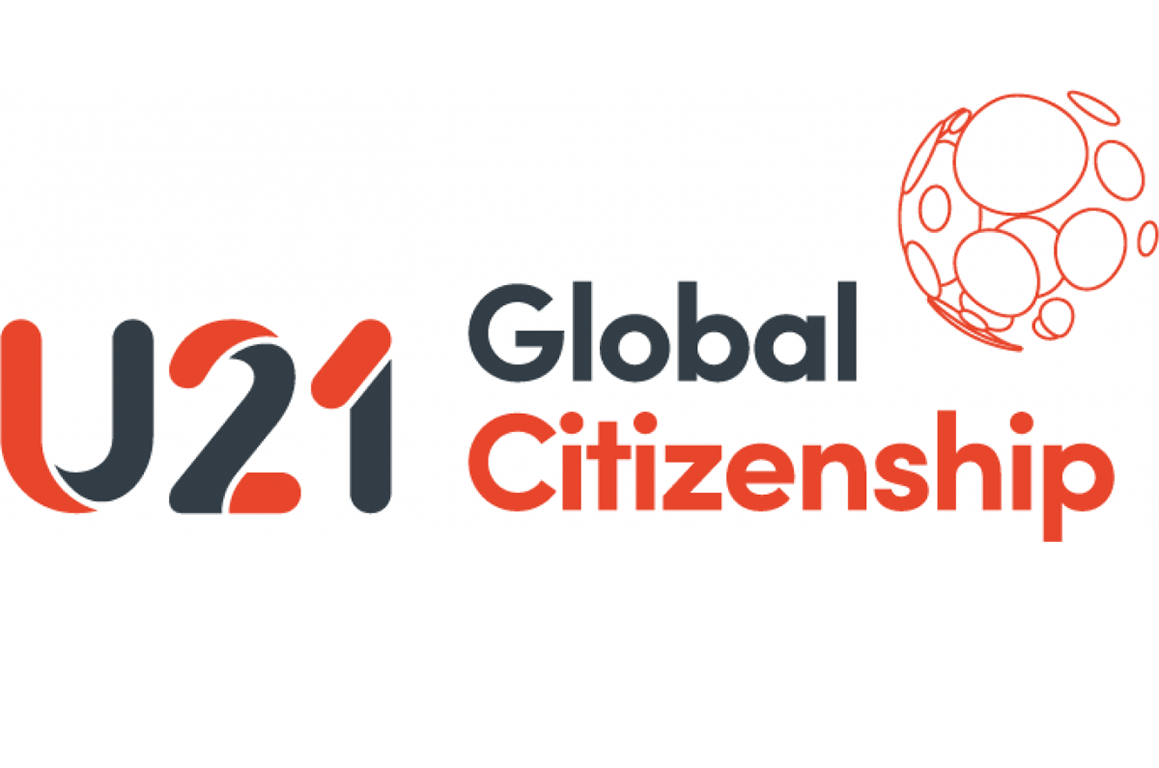

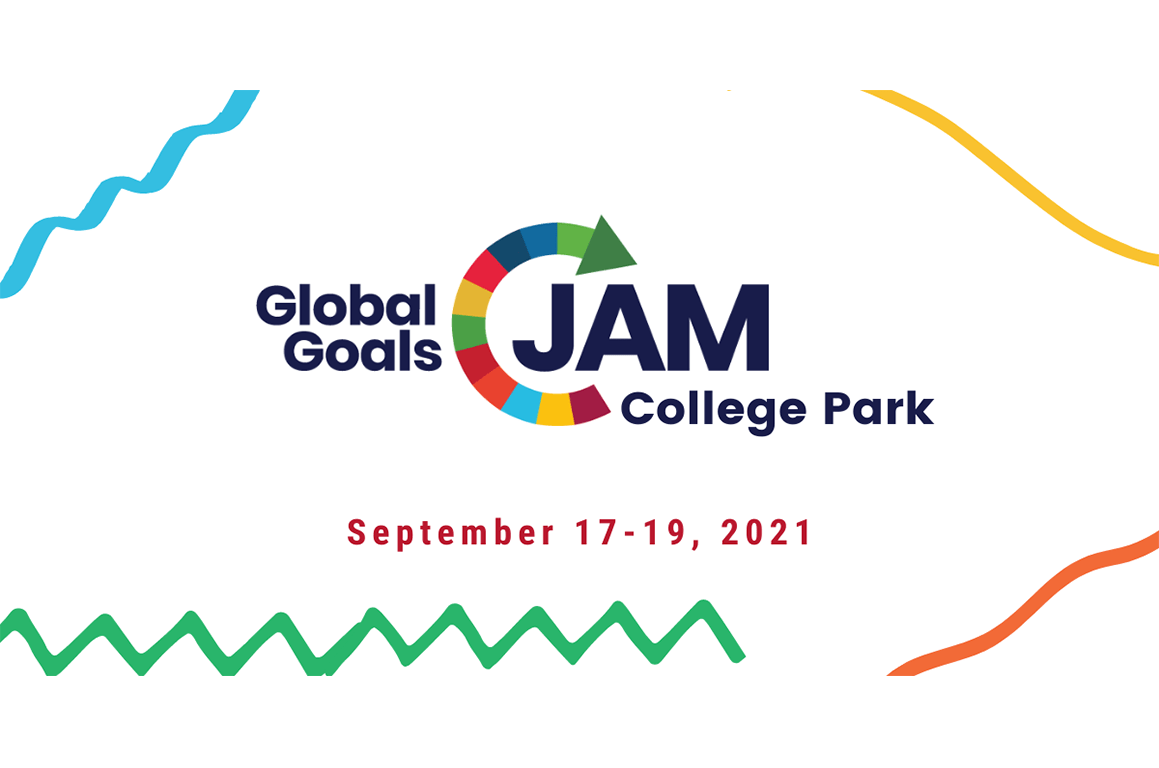
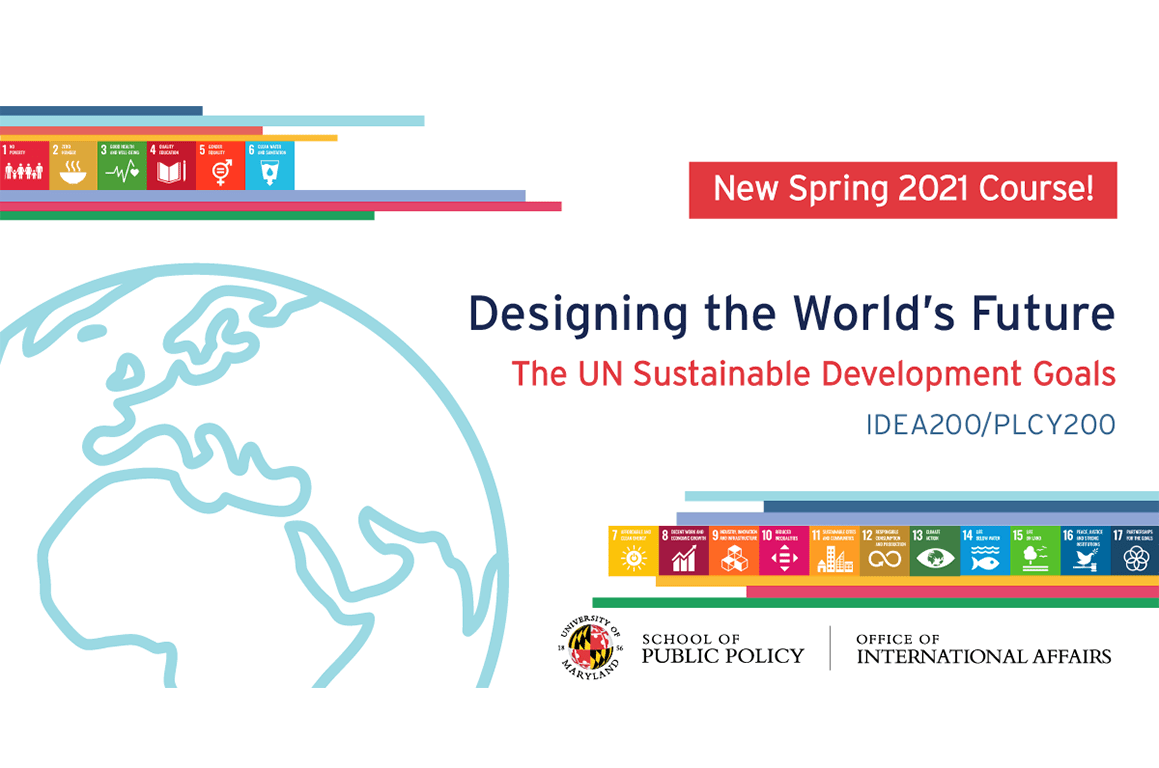
Alignment with UN Sustainable Development Goals
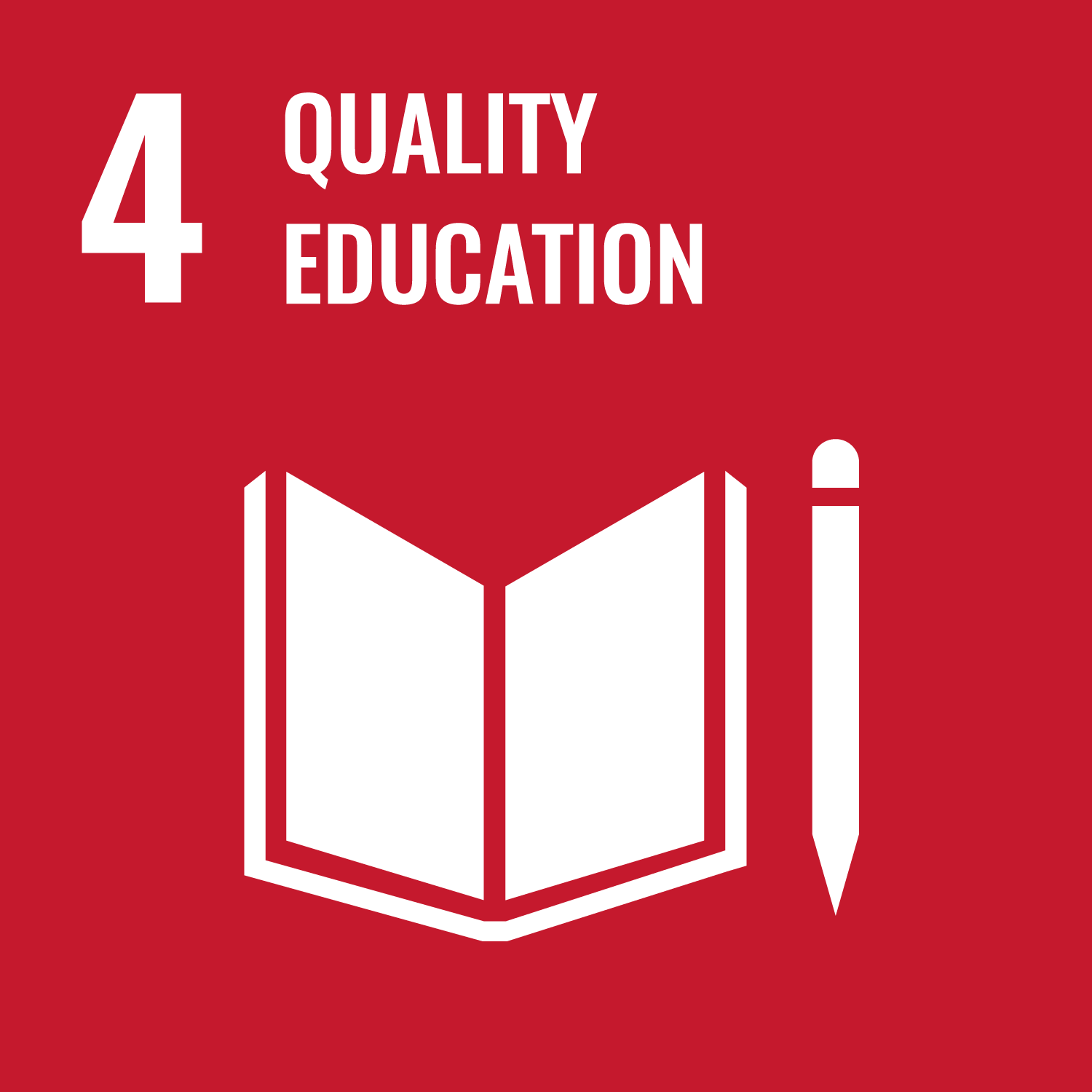 | 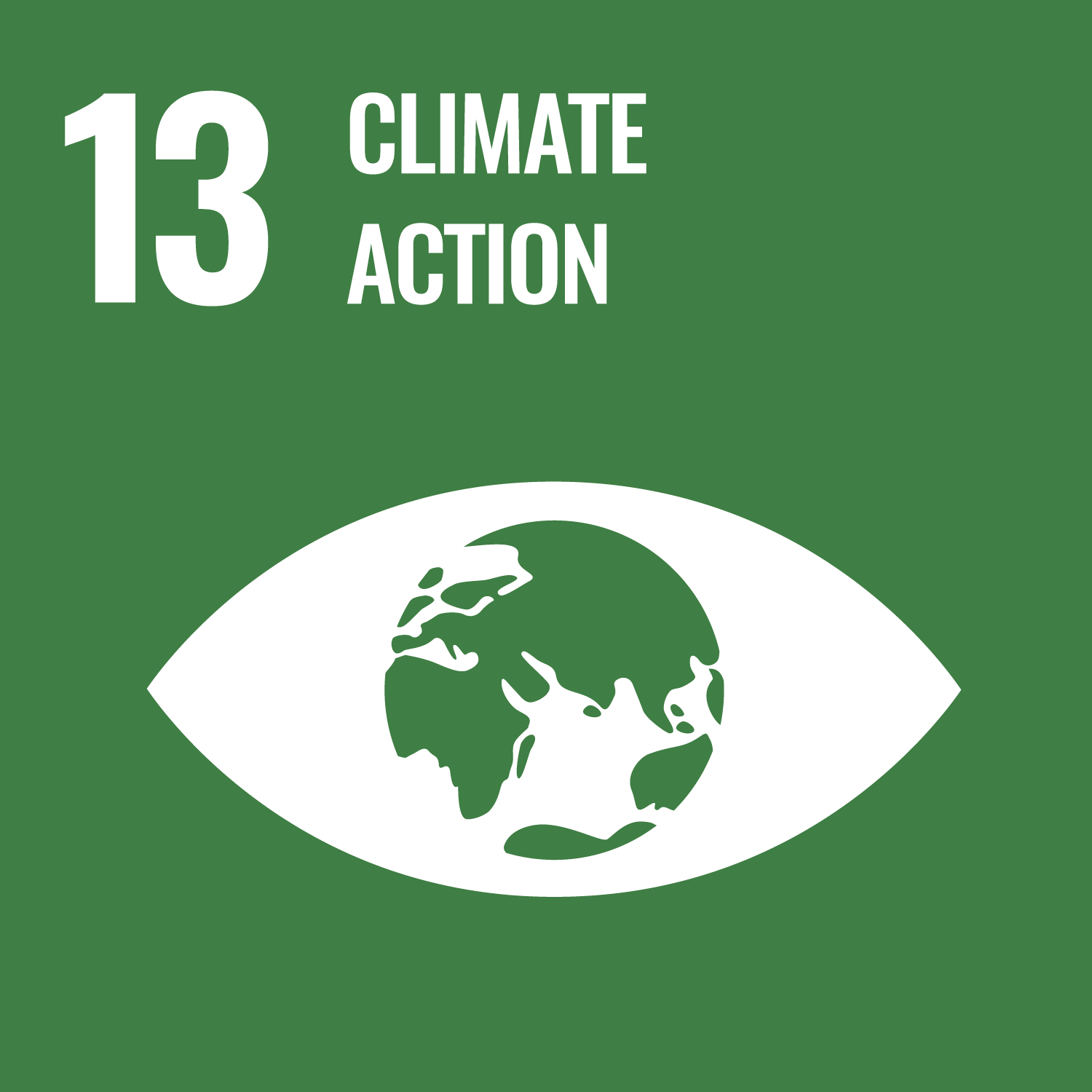 | 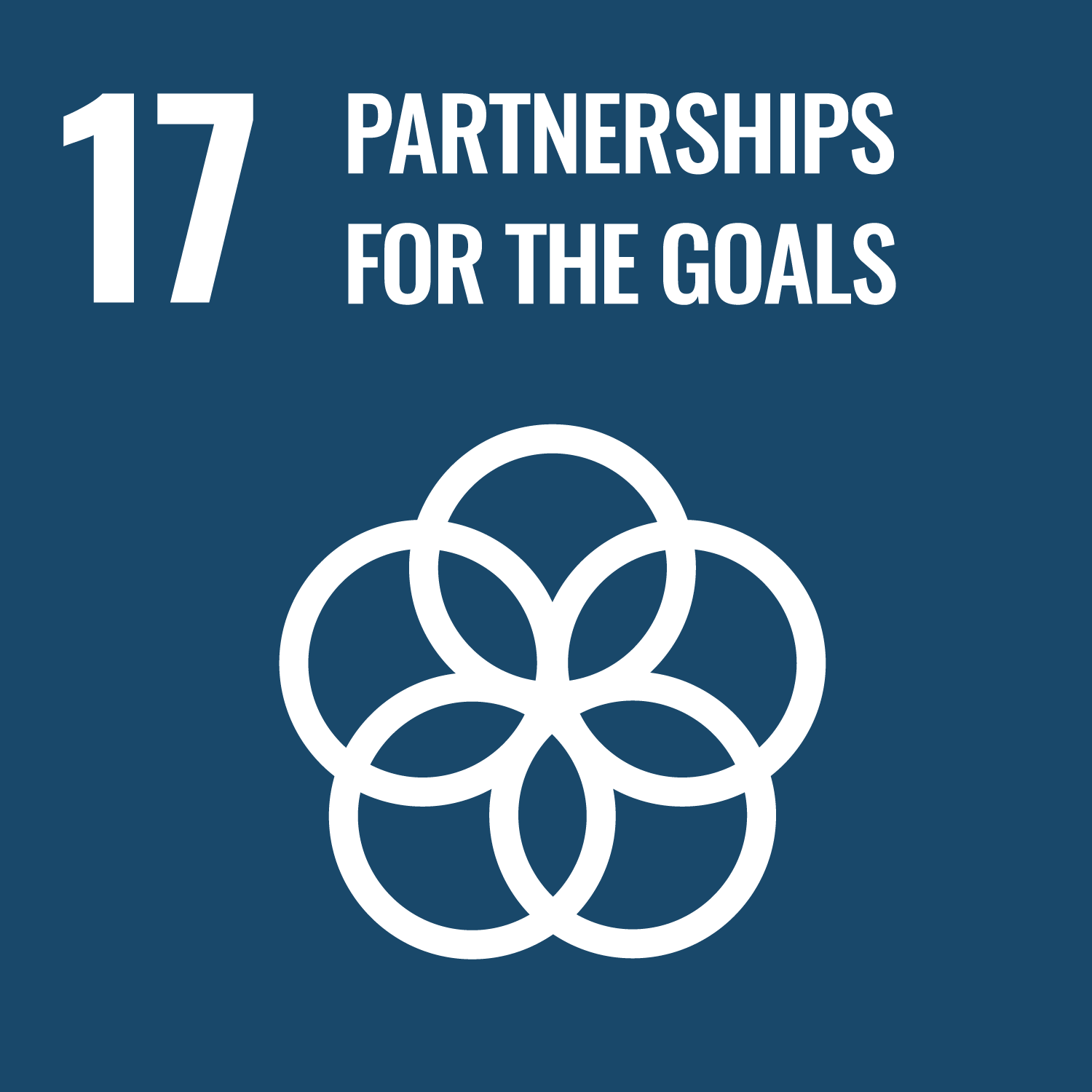 |
Learn more about these Global Goals
| Navigate: | To the article contents |
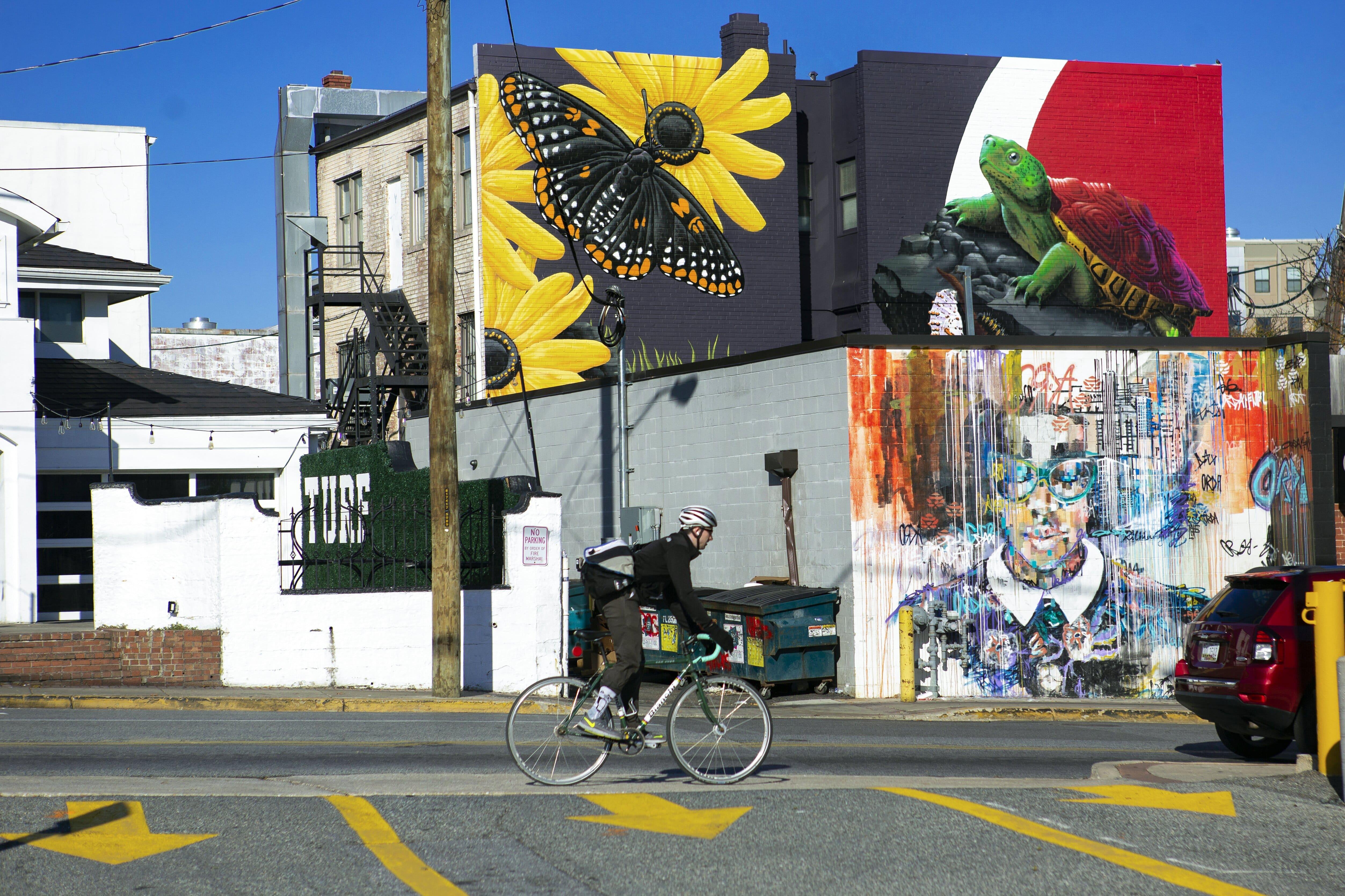
Growing Sustainably at UMD and Beyond
The University and Greater College Park continue to develop under the guiding principles of sustainability and smart growth despite campus closures in 2020. In June 2021, the Jones-Hill House became the second carbon neutral space on campus after the Brendan Iribe Center for Computer Science and Engineering. The 340,000 square foot facility offers athletic, research, and entrepreneurship space. With the opening of the Pyon-Chen residence hall in Fall 2021, an additional 450 beds increased total on-campus housing to over 9,300 beds. This serves around 32% of UMD’s undergraduate population and almost three times the number of incoming first-year students. Additional near-to-campus housing is increasing due to development around the Purple Line.
Creating on-campus and near-to-campus housing encourages pedestrian modes of transportation, reducing emissions from single-use occupancy vehicles and easing access to campus. A new project to upgrade Baltimore Avenue began in June 2020 to increase pedestrian safety along Route 1. The three year, $29 million project was sponsored by the Maryland Department of Transportation and will address 1.4 miles from Regents Drive to University Boulevard. Upgrades will include:
- 5-foot-wide bicycle lanes on each side
- ADA-compliant sidewalks and crosswalk ramps
- improved stormwater management facilities, resurfaced roads, and relocated utilities
- improved signage, intersection lighting and pavement markings
Looking to the future, the University will implement the NextGen Energy Program, create infrastructure to support a zero emissions vehicle fleet, and plans to open a number of sustainable buildings. These include the Johnson-Whittle residence hall, the Yahentamitsi dining facility, the IDEA Factory, and the new School of Public Policy among others.
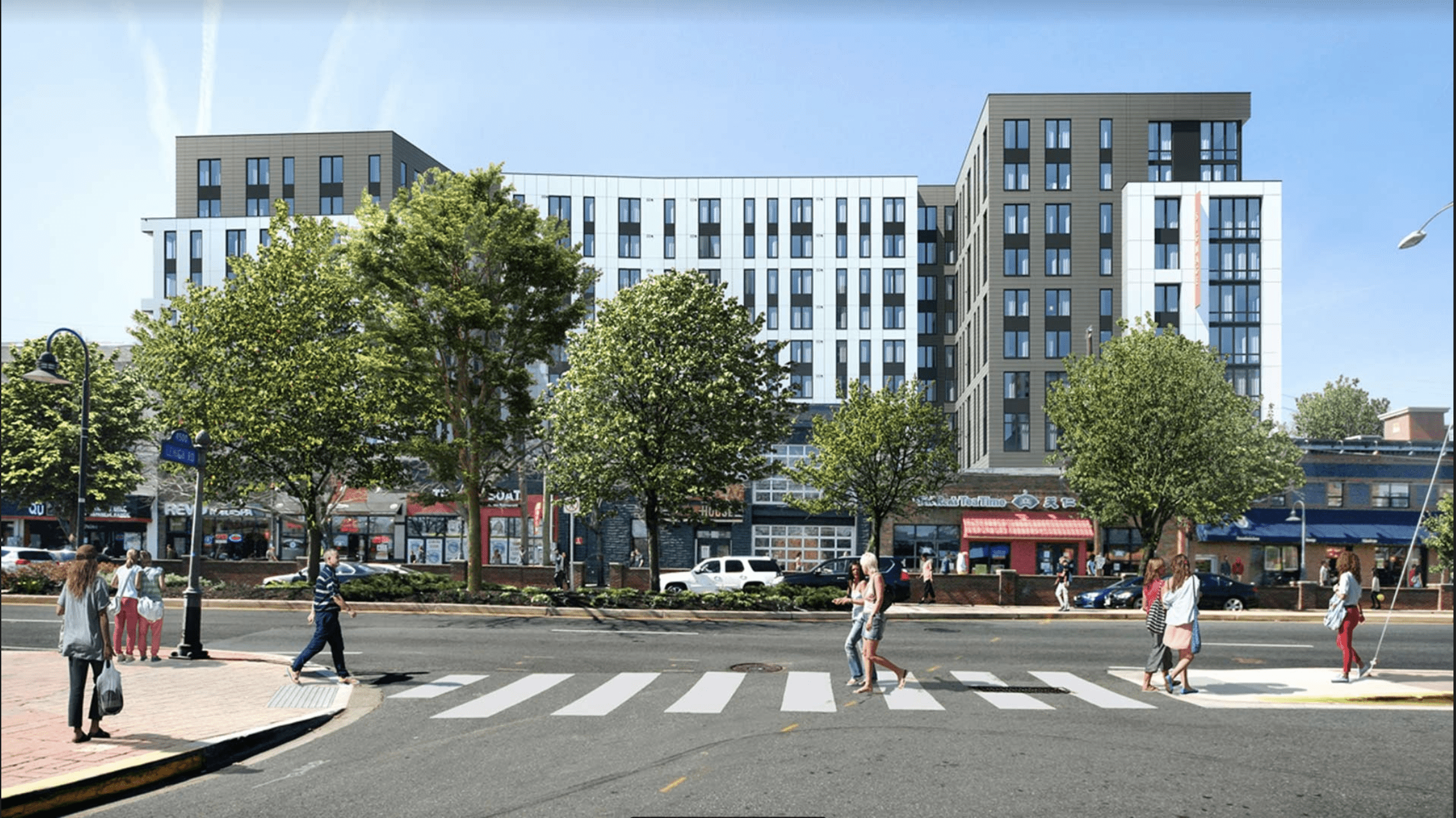
Building a Sustainable Future
SustainableUMD — Explore "smart growth" and UMD's efforts to sustainably revitalize campus and the surrounding community
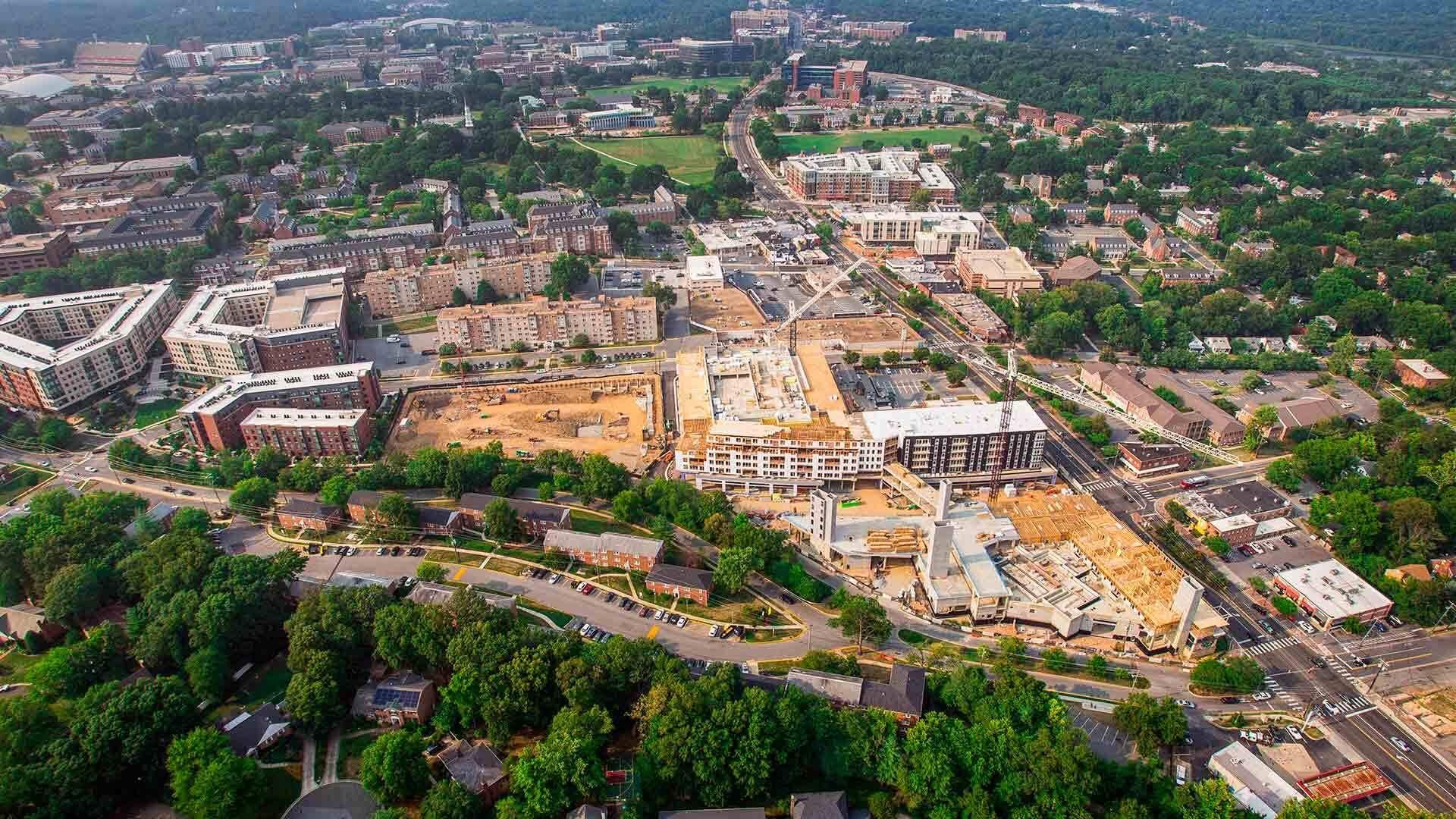
Getting ‘Greater’ in Fall 2021
Maryland Today — More Development Projects Reshaping Greater College Park
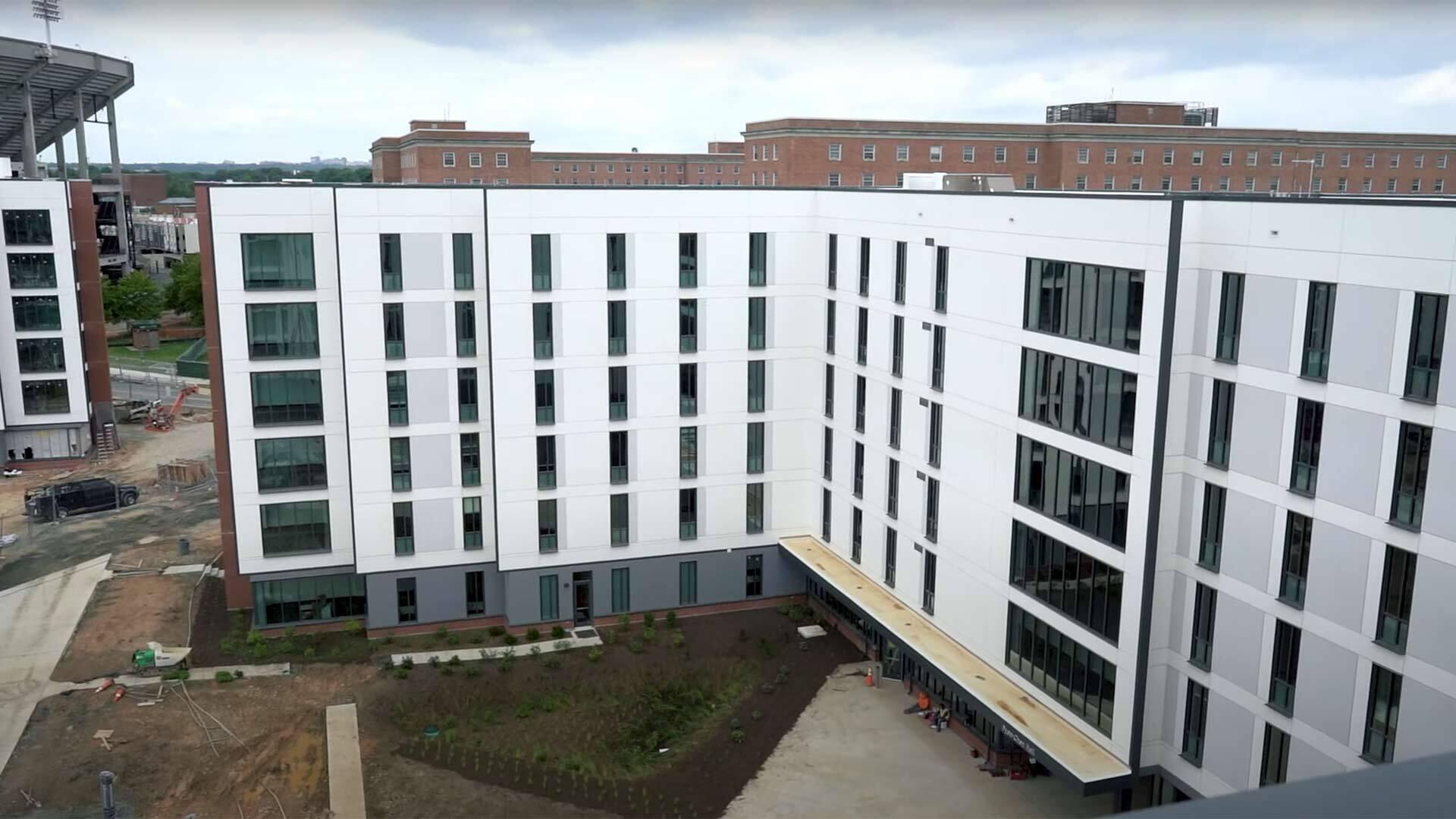
Explore Res Life's Heritage Community
Residential Life — A new campus construction project will build two new Residence Halls and a Dining Facility
Alignment with UN Sustainable Development Goals
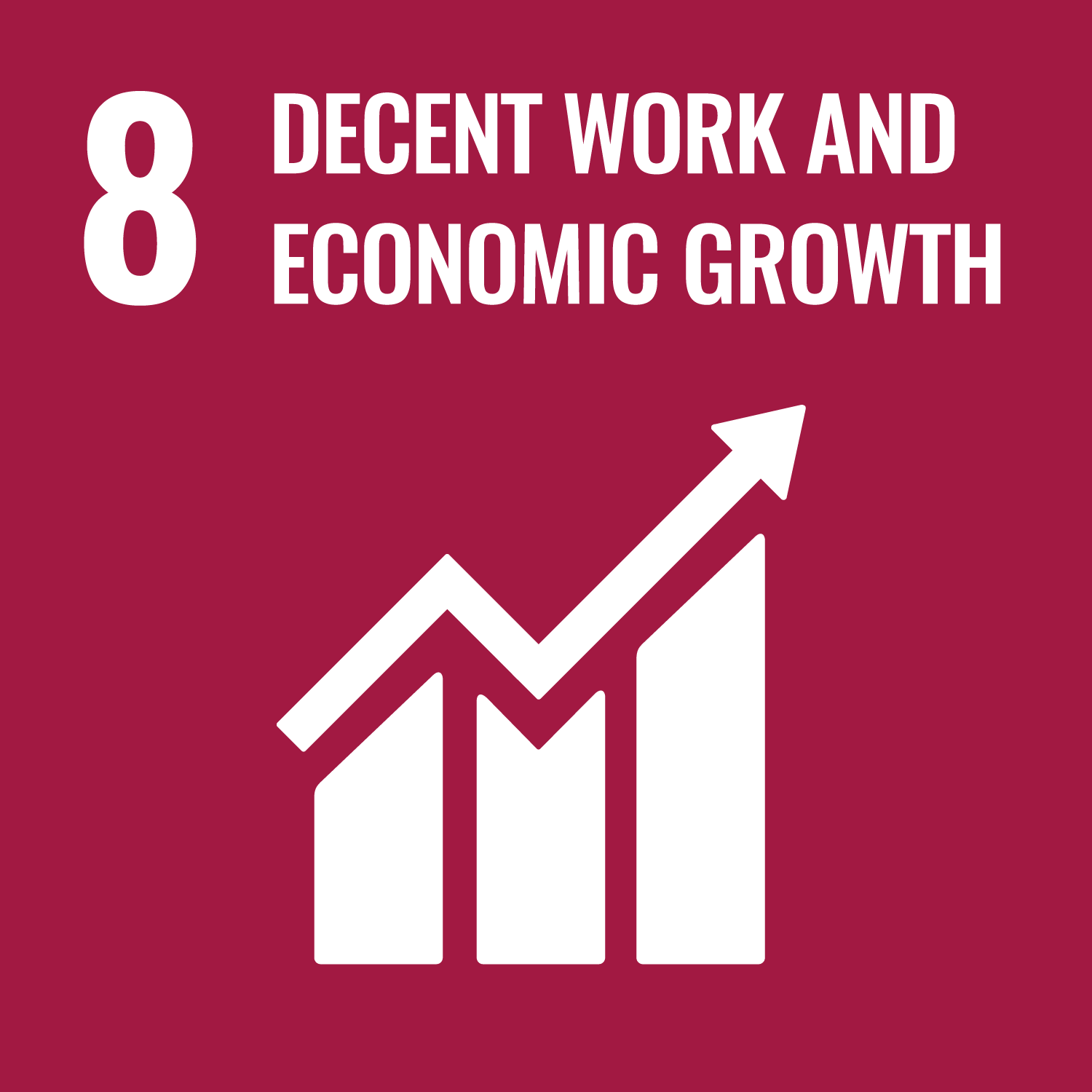 | 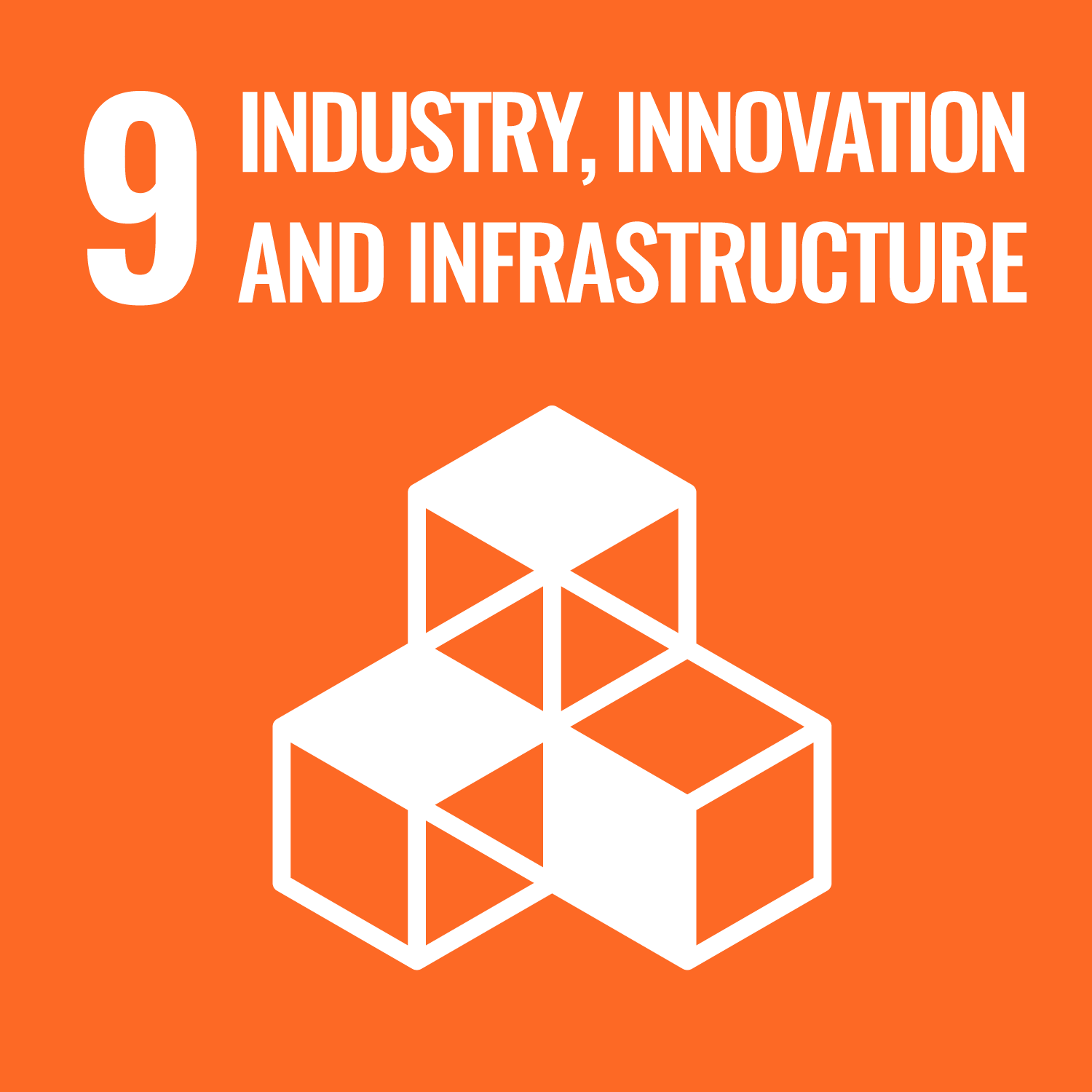 | 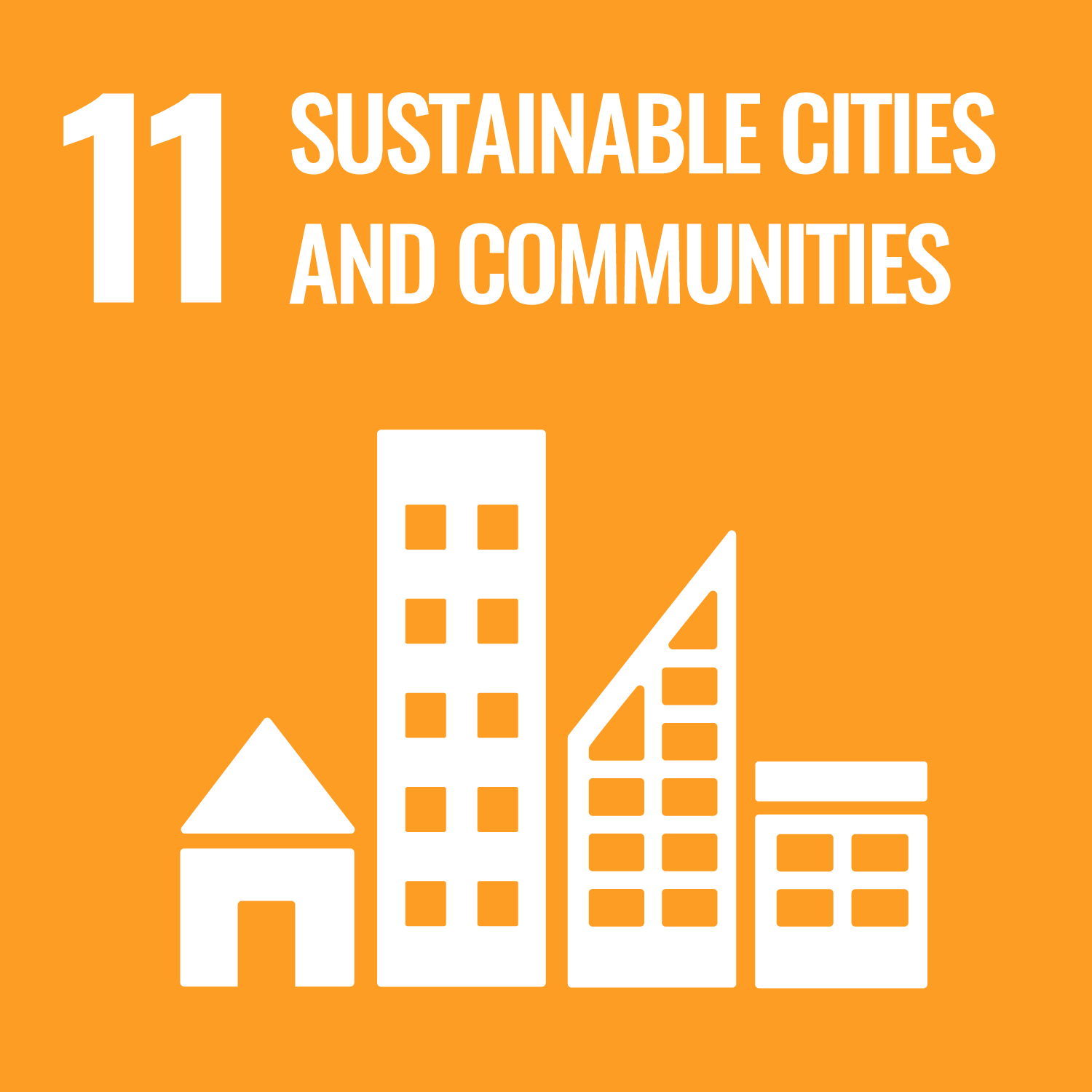 |
Learn more about these Global Goals
| Navigate: | To the article contents |
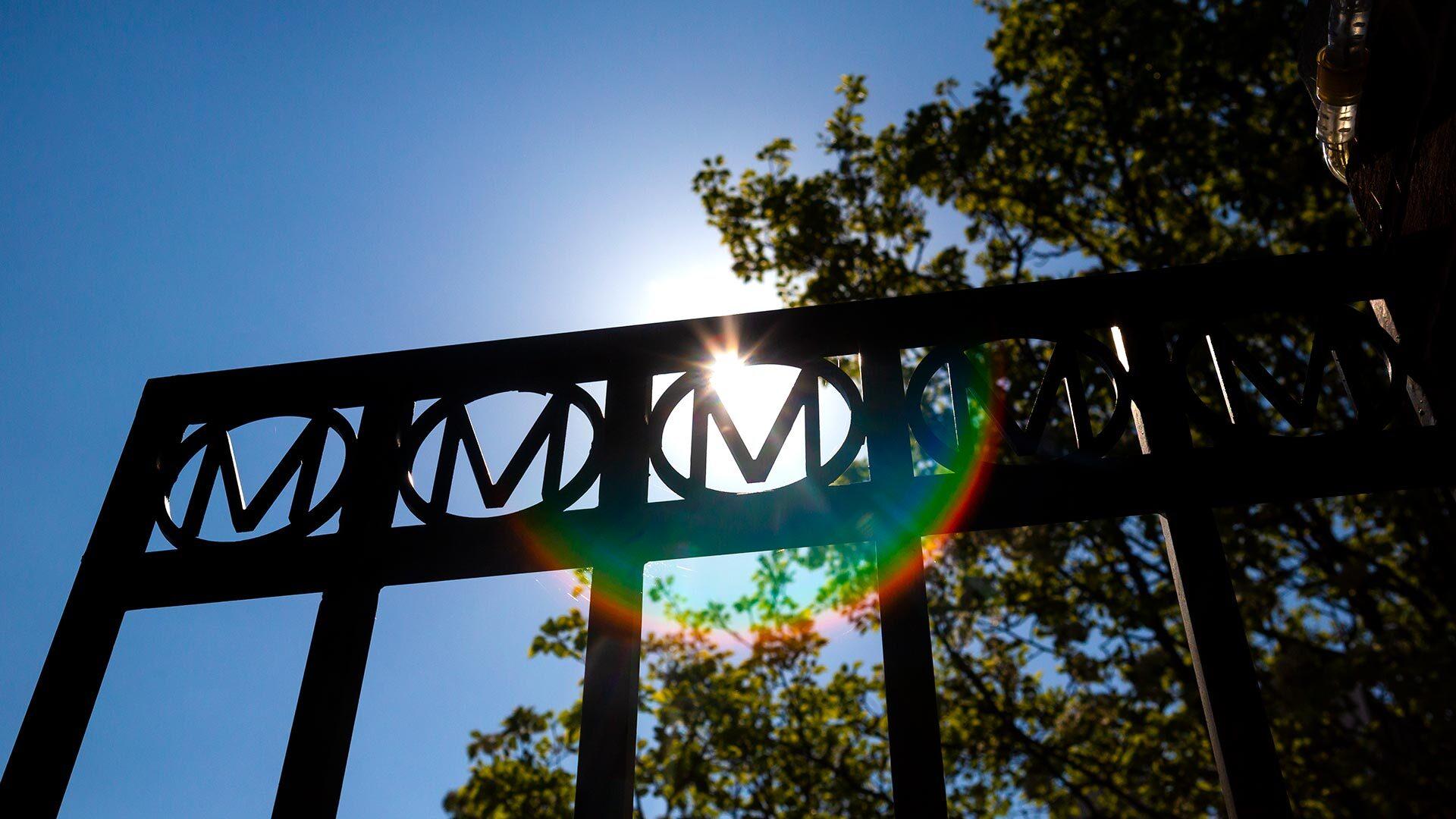
Creating a Campus for Environmental Justice
“Environmental justice is the fair treatment and meaningful involvement of all people regardless of race, color, national origin, or income, with respect to the development, implementation, and enforcement of environmental laws, regulations, and policies.” — U.S. Environmental Protection Agency, Sept. 2021
Throughout 2020 and 2021, UMD hosted numerous presentations, panels, symposiums, and other events to educate the community on environmental justice.
In Fall 2020, President Pines began hosting the “Grand Challenges of Our Time” course for first year students. The course discusses “important issues of our time such as COVID-19, climate change, Black Lives Matter, and will bring national and campus experts in for interviews.” More than half of the interviews, or Presidential Distinguished Forums, have specifically addressed climate action or environmental justice. These forums are recorded and publicly available to all.
The 2021-2022 First Year Book also focuses on environmental justice. What the Eyes Don’t See: A Story of Crisis, Resistance, and Hope in an American City by Dr. Mona Hanna-Attisha, details the Flint, Michigan water crisis. In support of the book, Associate Provost and Dean for Undergraduate Studies William Cohen stated: “There are many other examples of environmental racism in the US. What the Eyes Don’t See shows that a committed group of medical professionals, scientists, and community leaders can make a difference when they work together. In keeping with the goals of TerrapinSTRONG, I hope that as we read this text, we will gain increased awareness and energy to take actions to advance diversity, equity, and social justice as we approach the world’s challenges. Using the First Year Book as a springboard, I look forward to the community discussions we will have this year.”
The Baha’i Chair for World Peace hosted the “Global Climate Crisis Conference: Seeking Environmental Justice and Climate Equality” in 2021 and the “Global Climate Crisis Conference: Seeking Solutions” in 2020. The events invited 12 speakers from more than four countries and six states to discuss the science, ethics, and implications of the climate crisis and environmental justice.
UMD’s Center for Community Engagement, Environmental Justice, and Health hosted the 7th annual Environmental Justice and Health Disparities Symposium in 2021. Over 1,500 individuals registered to attend the event, which hosted 40 sessions with more than 100 speakers.
Alignment with UN Sustainable Development Goals
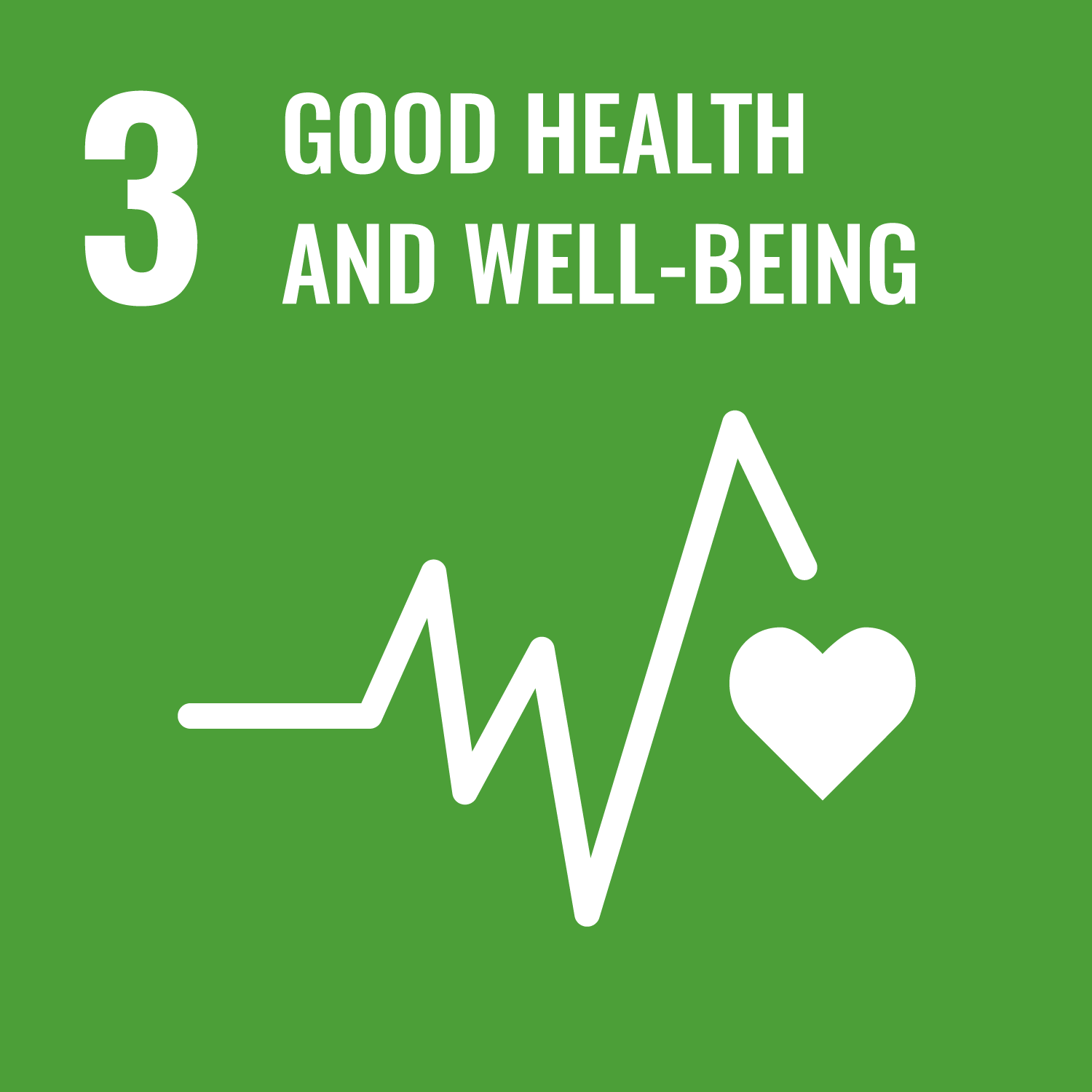 | 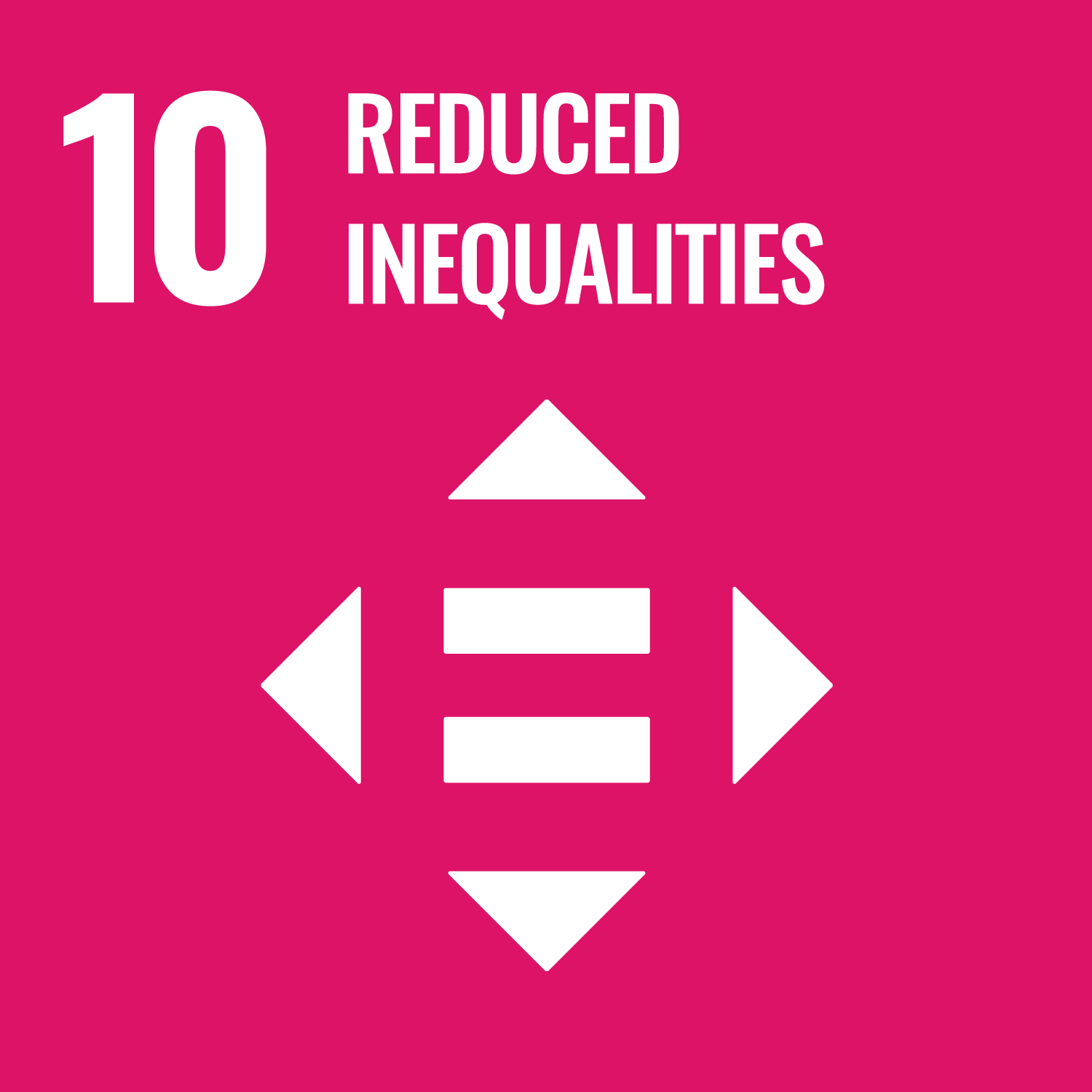 | 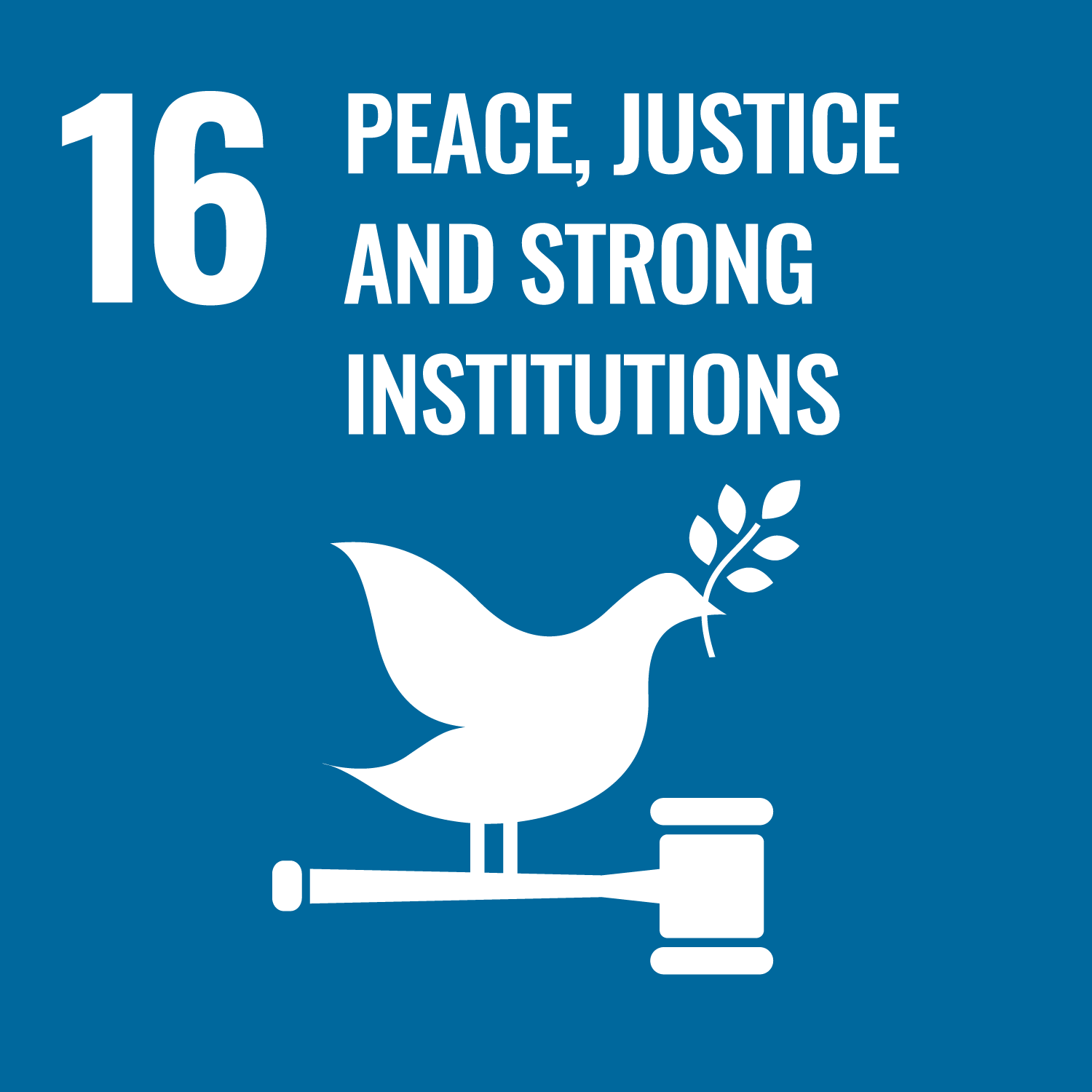 |
Learn more about these Global Goals
| Navigate: | To the article contents |
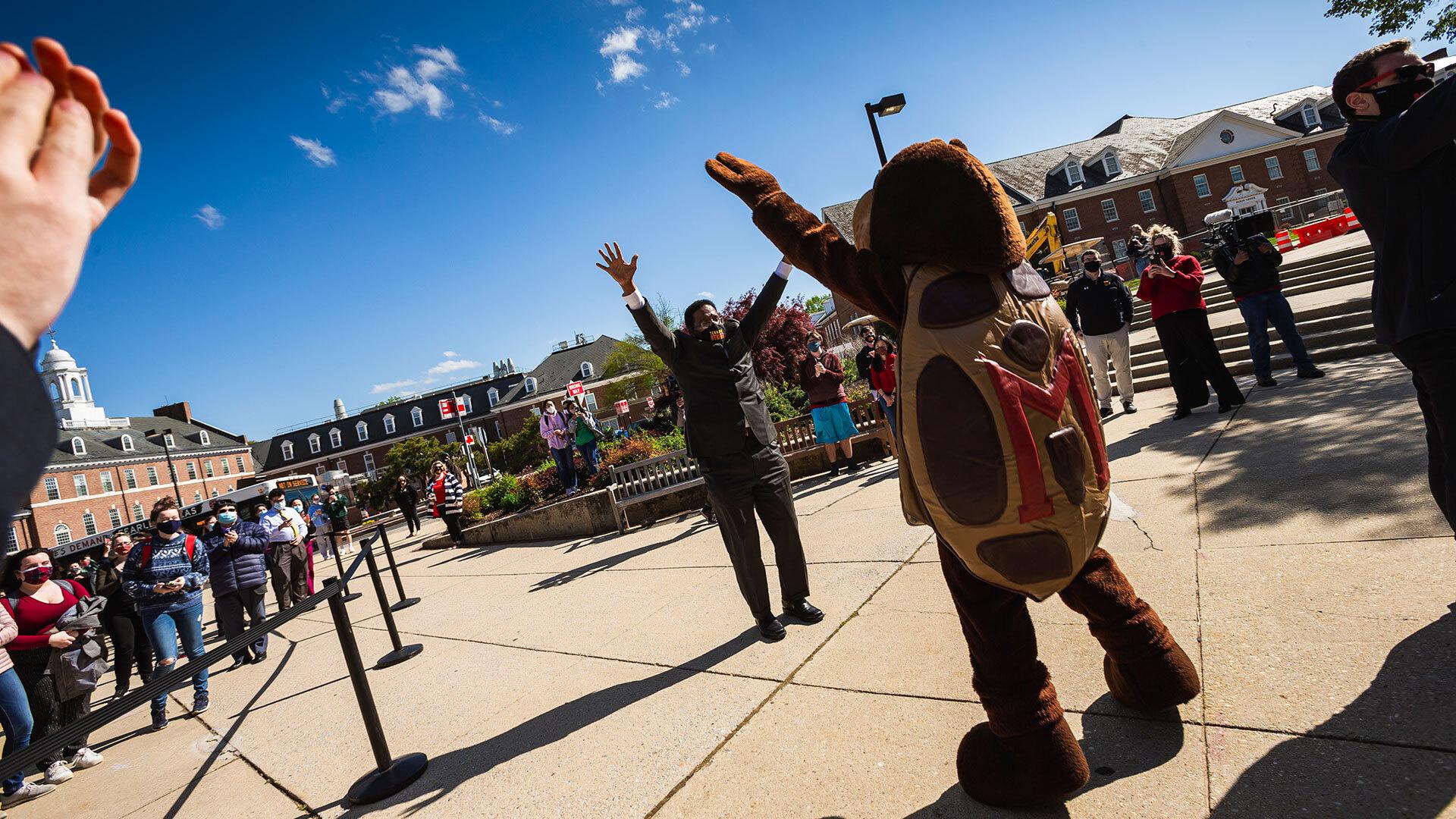
Building on a Decade of Sustainability
Over the course of 2020, the SustainableUMD Network continued to develop and expand programming that encourages sustainability across campus.
In 2020, the Campus Pantry moved into a new 2,057-square-foot facility, expanding existing operations to include donations of perishable food items, consultations on nutrition and budgeting, and cooking lessons. Through a Department of Resident Life pilot program called Terp to Terp ReUse Store, the Campus Pantry also has a limited selection of cooking supplies to donate which were recovered during DRL’s Move Out Donation Drive program. While meeting increased demand during 2020 due to the COVID-19 pandemic, the Pantry served more than 8,000 UMD community members over 100,000 pounds of food.
Over 1,200 students committed to make sustainable choices with the Green Terp Program. The Office of Sustainability collaborated with departments around campus to hold virtual events as part of the monthly Green Terp Dialogue Series exploring topics like waste, transportation, food, and energy. Over 300 students participated in exploring why these issues matter, what the campus is doing to address them, and how they can take action as individuals. With campus transitioning back to normal operations, Green Terps are at events including the Farmer’s Market, FreeFest, and others.
In 2020, the Office of Sustainability partnered with the Academy for Innovation and Entrepreneurship to host a sustainability-centered design thinking workshop. More than 60 students participated, including students from the College Park Scholars ETE Program, the Sustainability Cooperative (SCoop), and Green Terp Ambassadors. The Green Terp program and Office of Sustainability aim to continue partnering across campus to create unique sustainability-related skills development opportunities.
Alignment with UN Sustainable Development Goals
 | 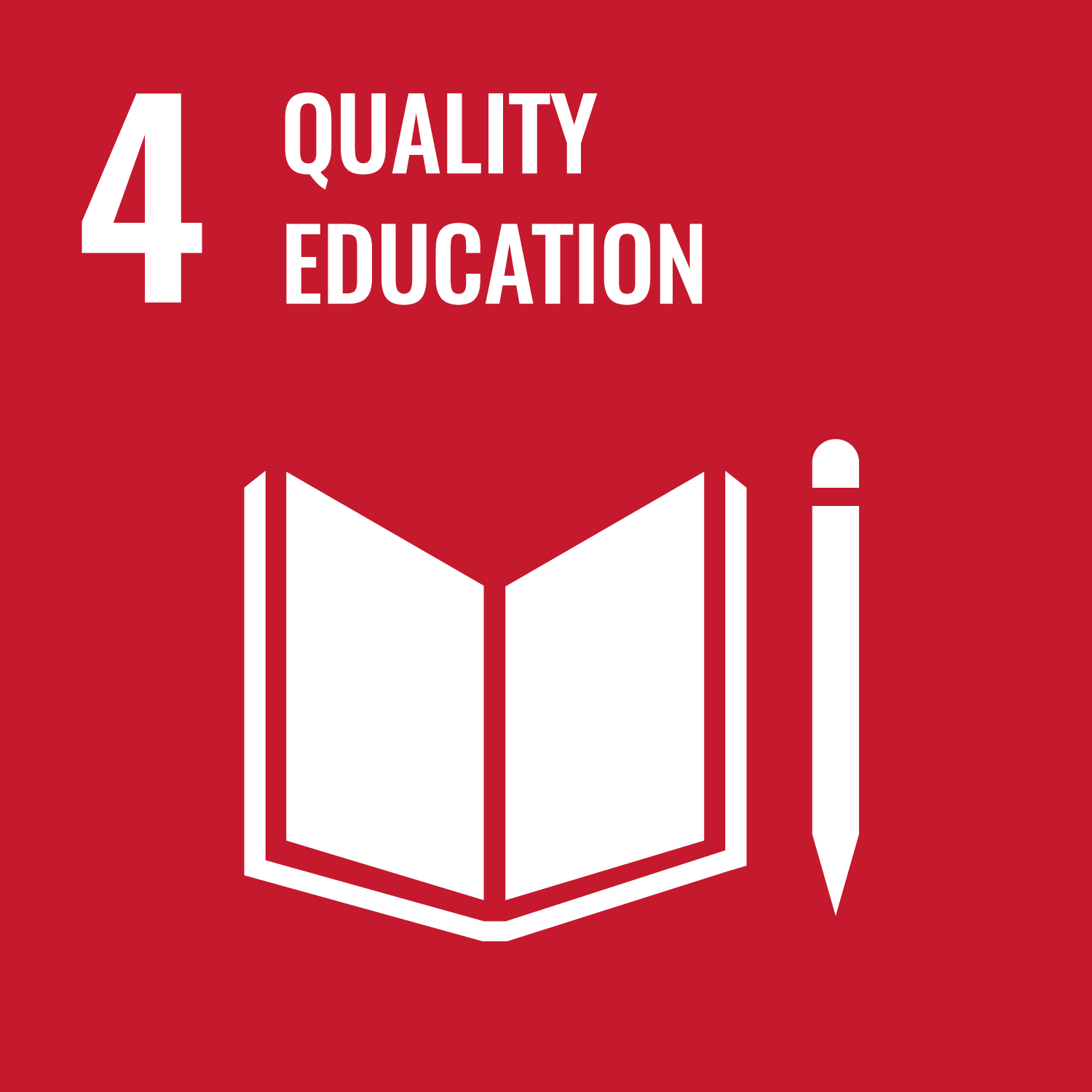 | 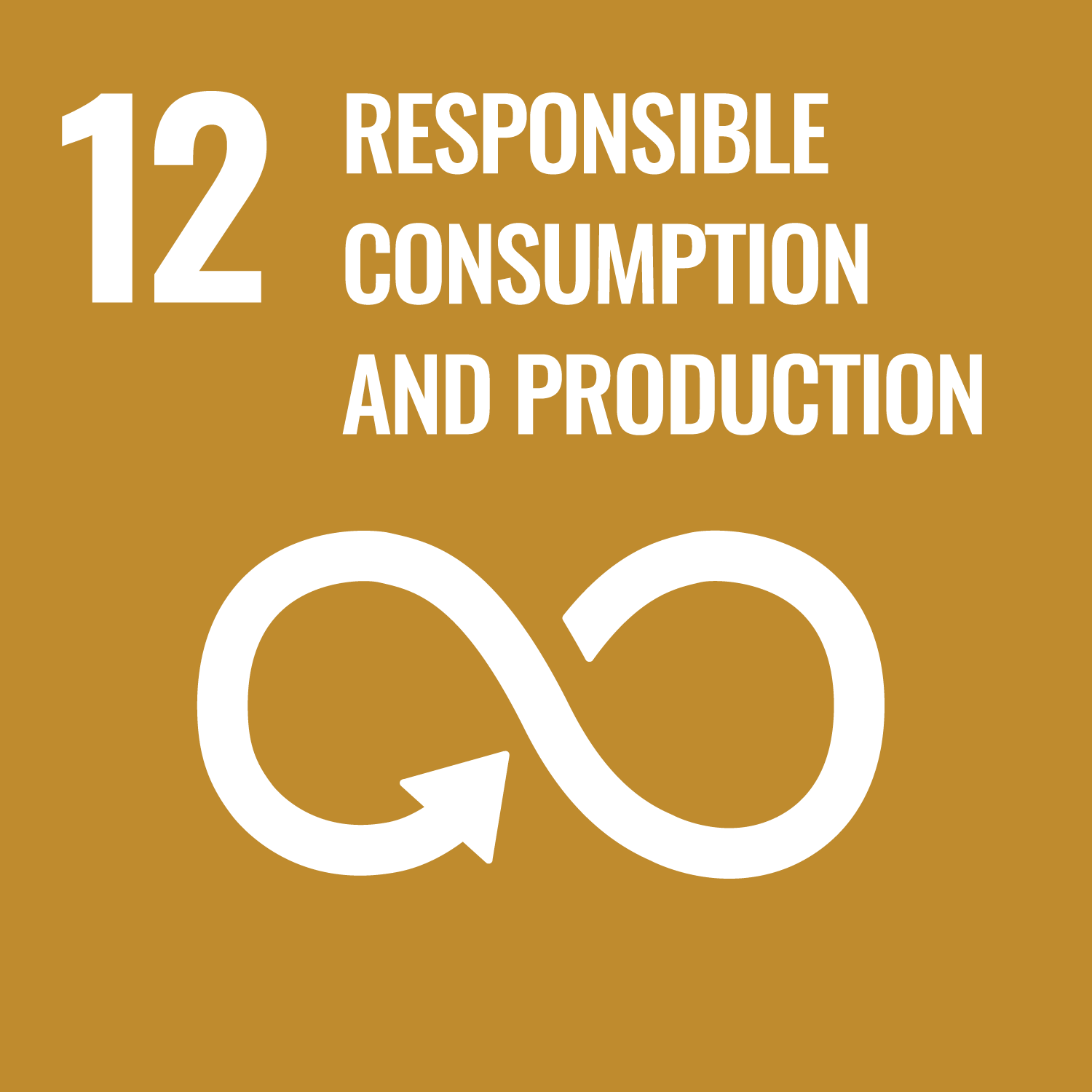 |
Learn more about these Global Goals
| Navigate: | To the article contents |
